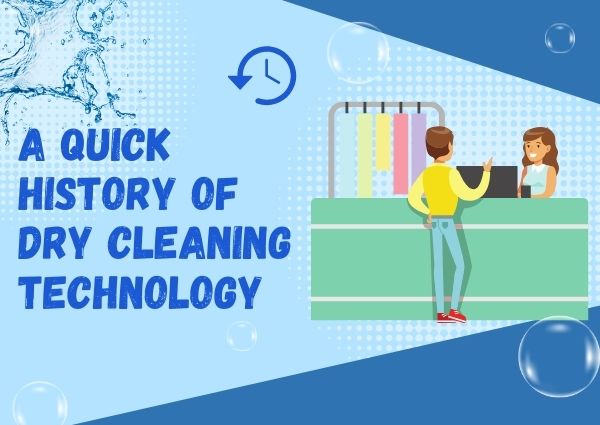Early Beginnings
The idea of dry cleaning dates back to ancient times. The Romans used a mix of ammonia and clay to clean their woolen clothes. This method was basic but effective for cleaning without water.
In the 1820s, a Frenchman named Jean Baptiste Jolly accidentally discovered that kerosene could clean clothes. A maid spilled it on a tablecloth, which ended up cleaner than before. This led Jolly to experiment with petroleum-based solvents, marking the start of modern dry cleaning.
Petroleum-Based Solvents
In the 19th century, dry cleaners used petroleum-based solvents like kerosene and gasoline. These solvents were good at removing oil and grease stains but were very flammable, posing safety risks.
Despite these risks, petroleum-based dry cleaning was popular for many years. However, the need for safer alternatives led to the next big change in dry cleaning technology.
Synthetic Solvents
The early 20th century brought a safer solution with the discovery of synthetic solvents. In the 1930s, perchloroethylene (perc) became the main solvent used in dry cleaning. Perc was non-flammable and very effective at cleaning, quickly becoming the industry standard.
However, perc has environmental and health concerns. It can pollute the air and water and pose health risks to workers and customers. This led to the search for greener alternatives.
Modern Innovations and Green Alternatives
In recent decades, several eco-friendly solvents have been developed:
- Hydrocarbon Solvents : Less harmful than perc, these solvents still have some environmental impact but are safer.
- Silicone-Based Solvents : GreenEarth is a popular silicone-based solvent that is gentle on clothes and better for the environment.
- Liquid Carbon Dioxide (CO2) : This method uses CO2 and detergents to clean clothes. It’s very effective and environmentally friendly but requires expensive equipment.
- Wet Cleaning : Using water and biodegradable detergents, wet cleaning is a safe and green method for cleaning delicate fabrics traditionally dry-cleaned.
Advances in Dry Cleaning Equipment
Technological improvements in dry cleaning machines have made the process more efficient and safer:
- Closed-Loop Systems : These systems recycle solvents, reducing emissions and costs.
- Computer-Controlled Machines : Modern machines use automation to precisely clean clothes, adjusting settings based on the fabric and stains.
- Spotting Techniques and Equipment : Advanced tools and techniques help treat specific stains more effectively, protecting the fabric.
The Future of Dry Cleaning
The dry cleaning industry continues to innovate, focusing on sustainability and efficiency:
- Eco-Friendly Solvents : The use of green solvents like CO2 and silicone-based solutions is expected to grow.
- Digital Integration : Technologies like mobile apps and automated kiosks can make the dry cleaning process easier and more convenient for customers.
- Research and Development : Ongoing research into new cleaning methods and materials will lead to even more eco-friendly and effective solutions.

